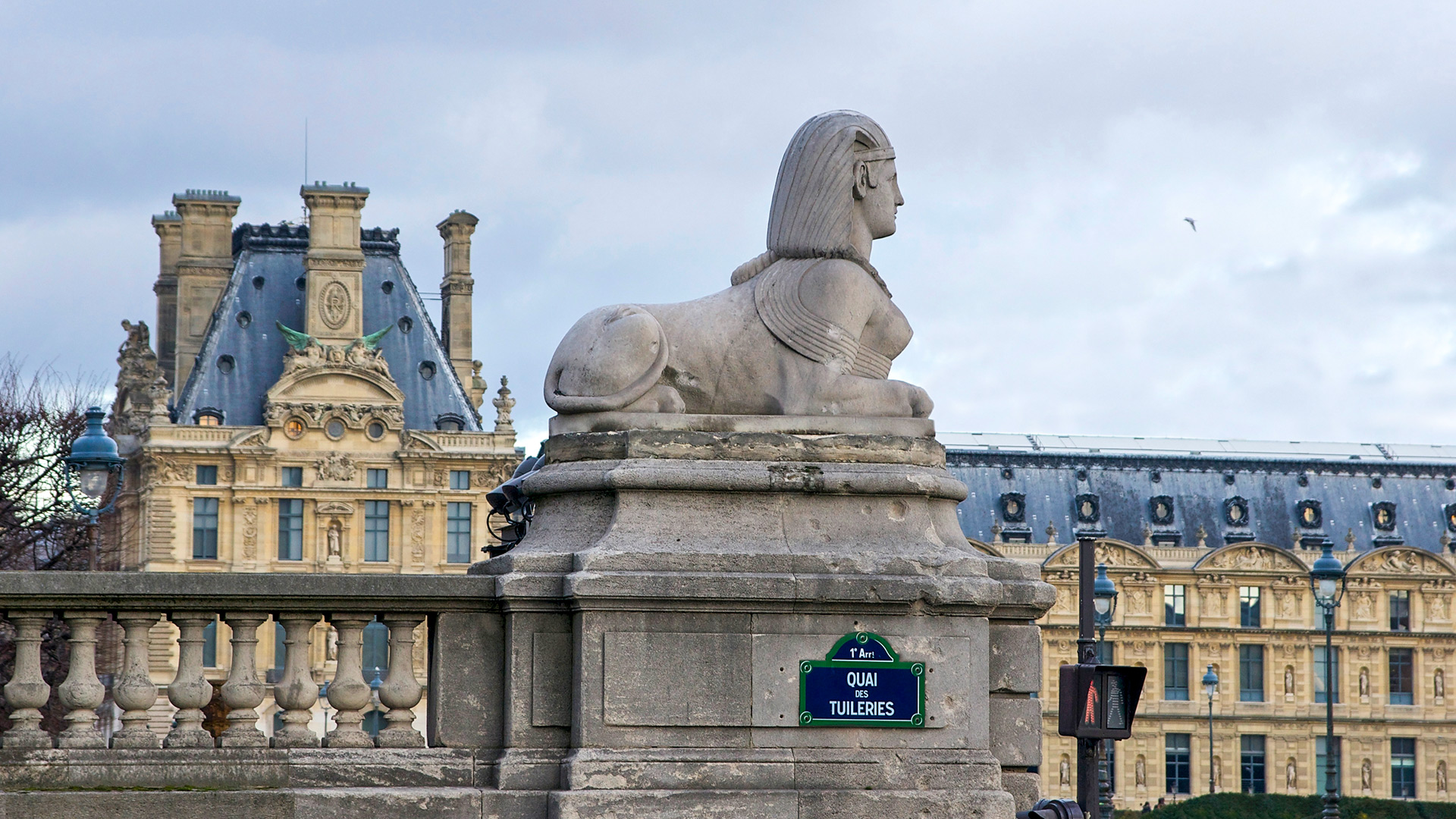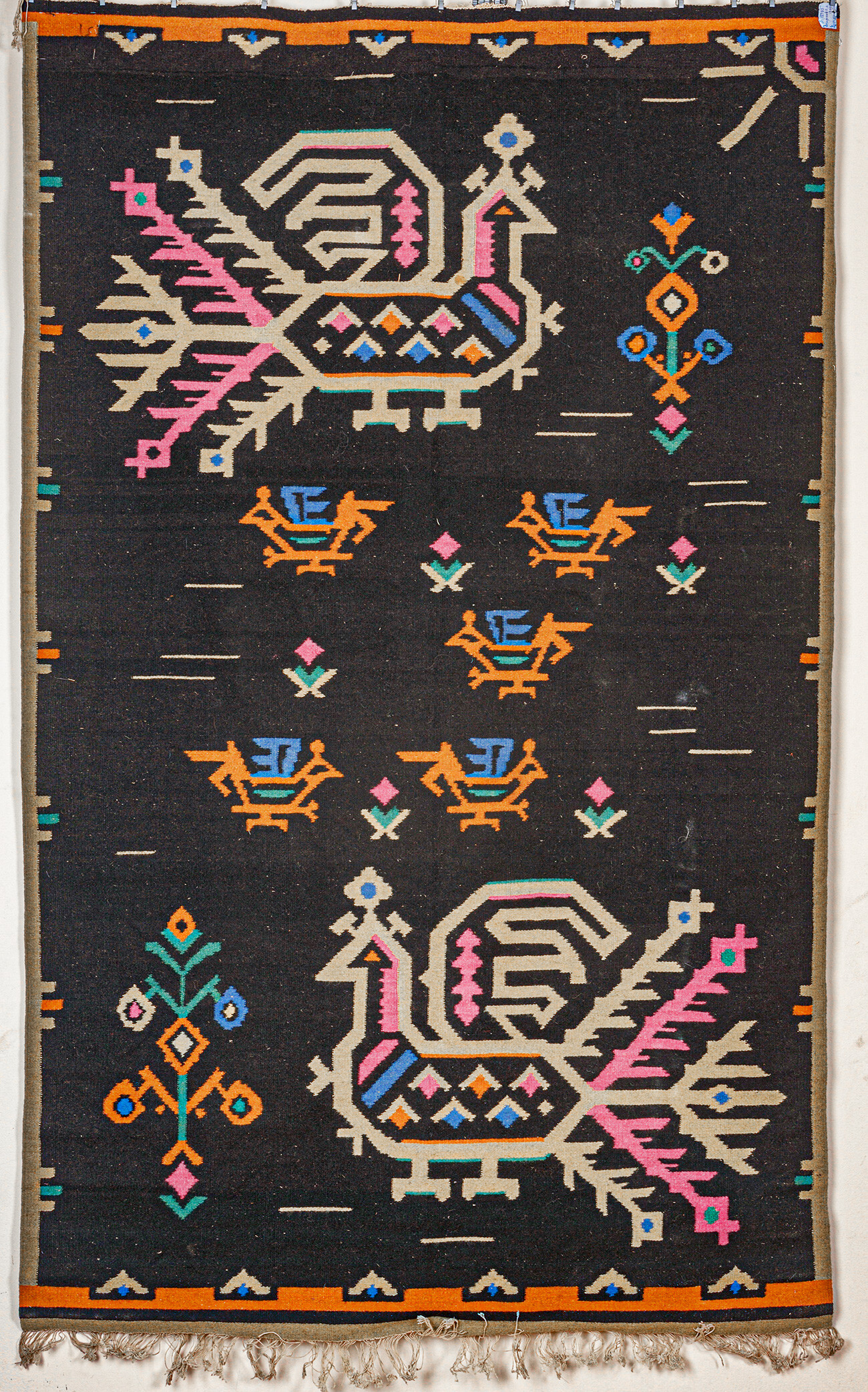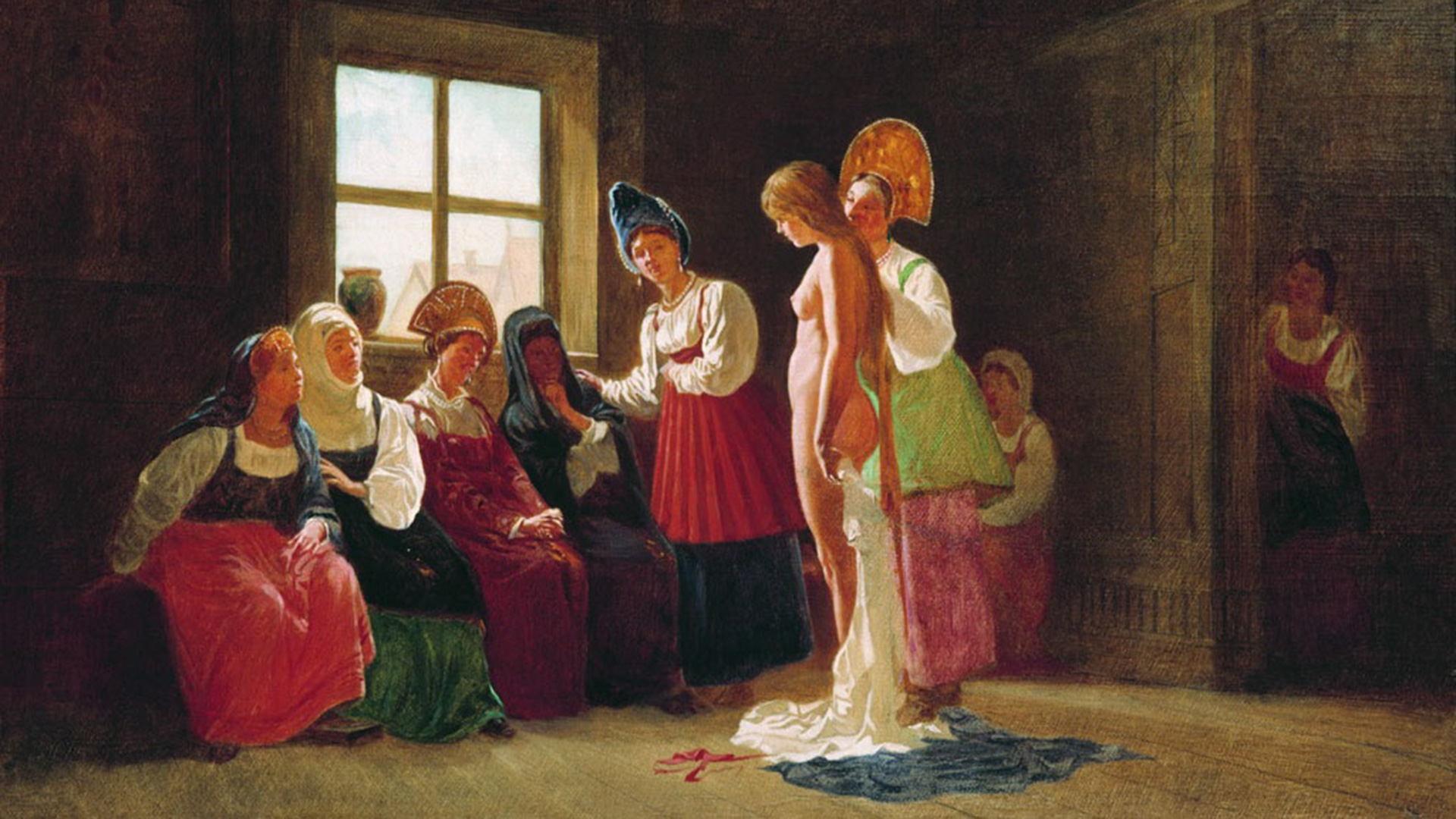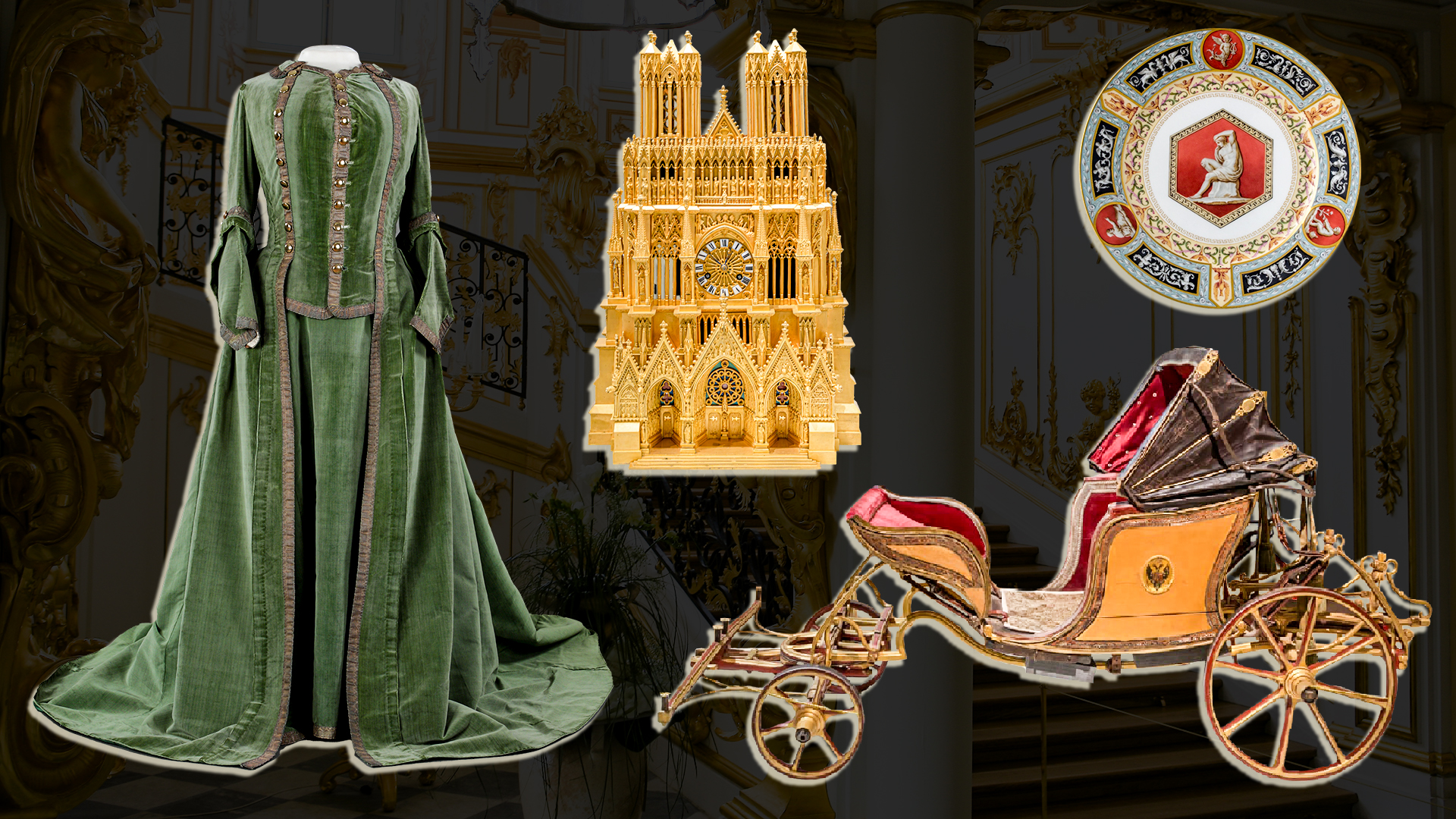
You can actually study Soviet history using these carpets!

The traditional craft of carpet weaving turned into propaganda of new ideals during the Soviet era. The exploits and everyday life of the Soviet people were celebrated not only in boring reports, but also in bright woven paintings.
The ‘Horse Run’ carpet is based on a true story. In 1935, Turkmen collective farmers decided to make a forced march from Ashgabat to Moscow. A group of 30 people on Akhal-Teke and Yomud horses covered 4,300 km! Their route ran through the Karakum Desert, the Ust-Yurt Plateau and the Volga steppes. The journey took them 84 days - a record for such a long journey!

The carpets can be used to study the history of the construction of the USSR. For example, as Siberia was developed, how new highways or even entire cities were built.

For example, on the ‘Construction Lights’ carpet, made in evening blue tones, you can see the silhouettes of factories and plants, power lines, trolleys pulling mined ore and tanks traveling somewhere.

The ‘Moscow is under construction’ carpet, meanwhile, is a real poem about how the Soviet capital was changing in the 1960s. You can see the Kremlin, the Bolshoi Theater, the Monument to the Conquerors of Space, subway stations and modern high-rise buildings growing in new areas of the city.




There are also carpets dedicated to peaceful space.

To the feat of the Papaninites at the drifting polar station.

Charming carpets were also woven for children.

And these tapestries are look more like paintings or frescoes.


The ‘Carpet of Stories. Stories of Soviet carpet art’ exhibition is open at the All-Russian Museum of Decorative and Applied Arts until October 13, 2024.












